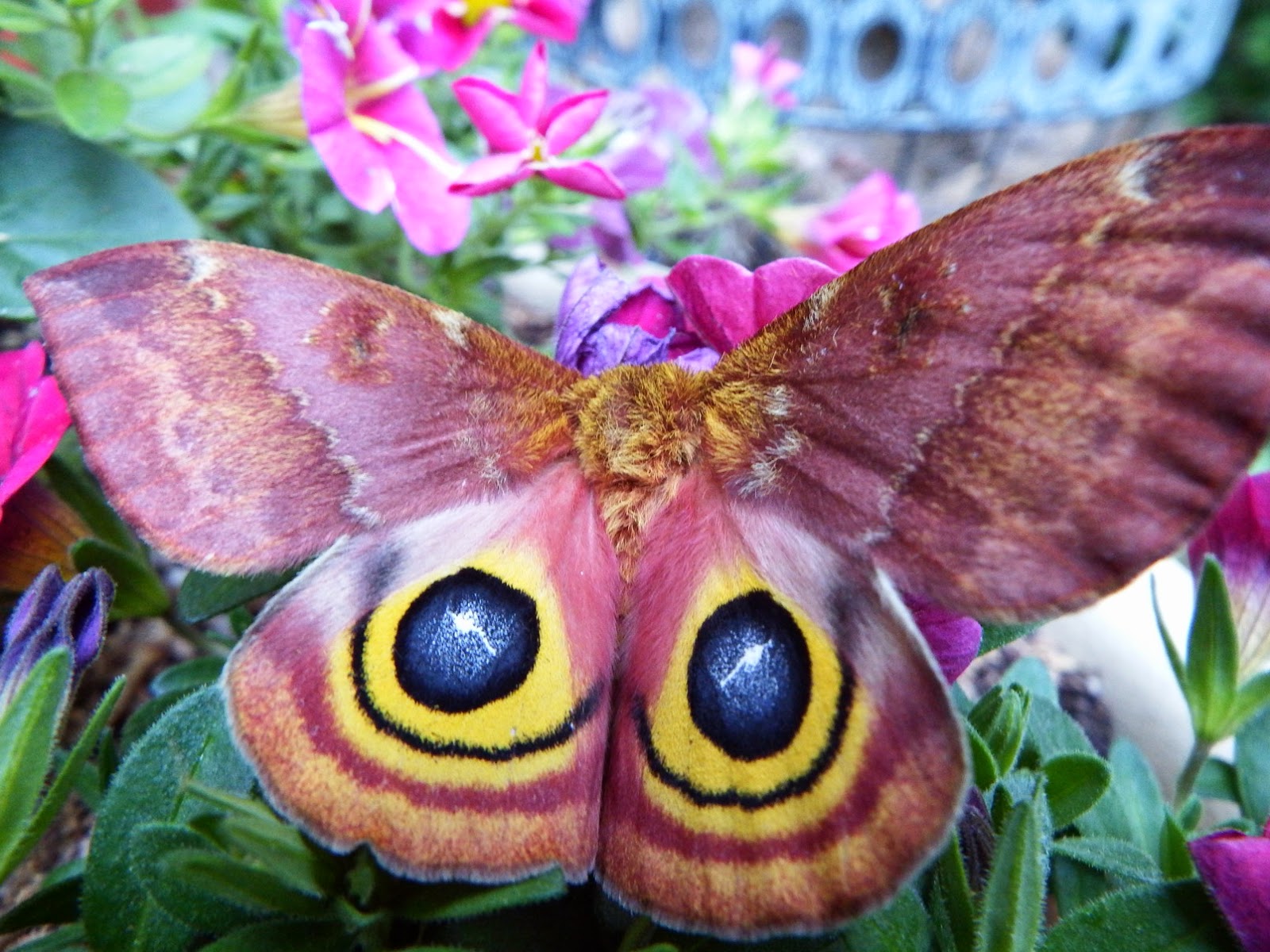You've seen them on sheds and the sides of garages--old straw hats where the top of the crown has fallen apart. And then some very smart birds have used those hats for their nest.
They not only look rustic and inviting, but they make a beautiful statement while providing a great place for your favorite backyard birds to raise their young.
Here's what you'll need to make this easy project:
- Newspaper or old tablecloth to cover your work surface
- Large straw hat with a 4" (approx.) deep crown to accommodate most backyard birds
- Stapler
- Glue Gun
- 12" x 12" piece of bubble wrap or other thick plastic to cover back of hat
- Scissors
- Wire cutters
- Assorted silk flowers of your choice
- Bottle cap measuring 1 1/2" in diameter
- Marking pen
I found my straw hat at the local craft and hobby store, along with the silk flowers and bubble wrap. They also carry glue guns, wire cutters and staplers, if you don't already have them. This project cost under $20.00, but will vary with your location and the supplies and tools you already have on hand.

- Start by tracing around 1 1/2" bottle cap or jar lid with marking pen in the middle of crown top; and then cut on marked line with scissors.
- Turn hat over and place bubble wrap over the back of the crown opening.
3. Use staple gun and start by attaching each corner to back of hat with a staple; then fill in with staples approximately every inch or so. We don't want baby birds falling out!
Don't worry about the staple points showing through on the other side of the hat brim. They will be covered by your flowers.
4. Use your wire cutters or scissors to clip off silk flowers from their stems. Leave approximately 1/4" to 1/2" of the stem so you have a glue attachment point. Save the leaves from the stems to poke in between the flowers at the very end.
5. Use your glue gun to attach each flower over the staple points along the top of the straw hat brim. Then begin to fill in empty spots with more flowers and some leaves.
Remember to have fun with this. There is no right or wrong way to add your flowers. You can place a band of ribbon or lace around the bottom of the hat crown behind your flowers if you wish. Maybe you want to add a pretty bow as well.
I wouldn't make ribbon tails that might flap in the wind and spook your birds, though.
Note there are 2 small metal grommets reinforcing air holes in the crown of my hat. If your hat has those holes, you can hang your creation so that the holes face downward. That way any moisture or condensation from inside the bird's nesting area has a way to evaporate or drain.
Speaking of hanging your hat--the straw is so flexible that you can poke a hole in it with an old nail or awl. Be sure to leave at least an inch between the edge of the hat brim and the hole. Alternatively, you can put a small square of duct tape behind the hat brim before you make your hanging hole. That will reinforce the brim area so it can't rip out when hung.
I hung my hat on a cup hook that I had screwed into the wall. Hang yours from 5 to 7 feet off the ground. Then stand back and admire your creation!
Keep in mind, it may take a while before your birds find this inviting home, so be patient!
Have fun.
How to Make a Bird Nesting Basket in 5 Easy Steps
Building the Ultimate Brush Pile for Your Birds
Pearl's Backporch Scrapbook
 Brush Piles Are Awesome!
Brush Piles Are Awesome!























